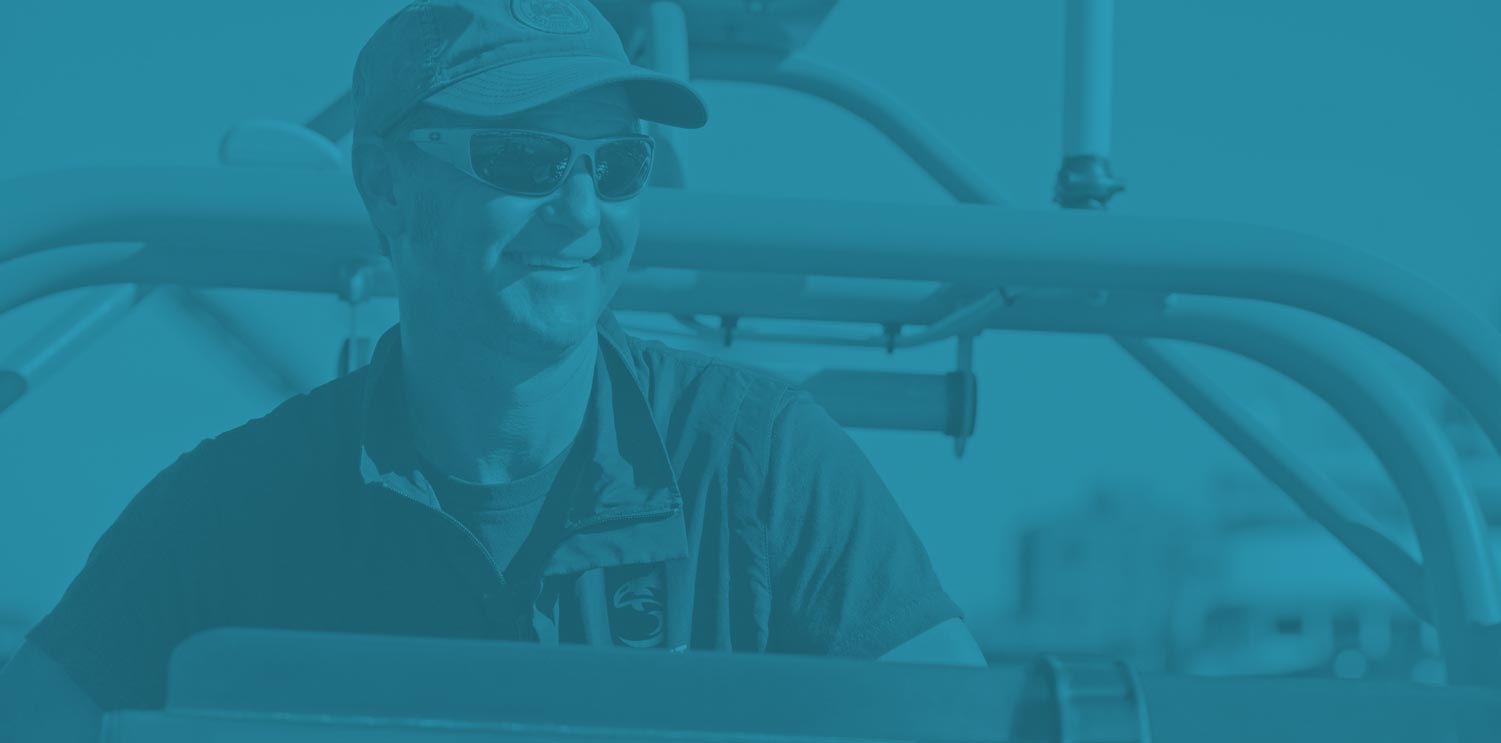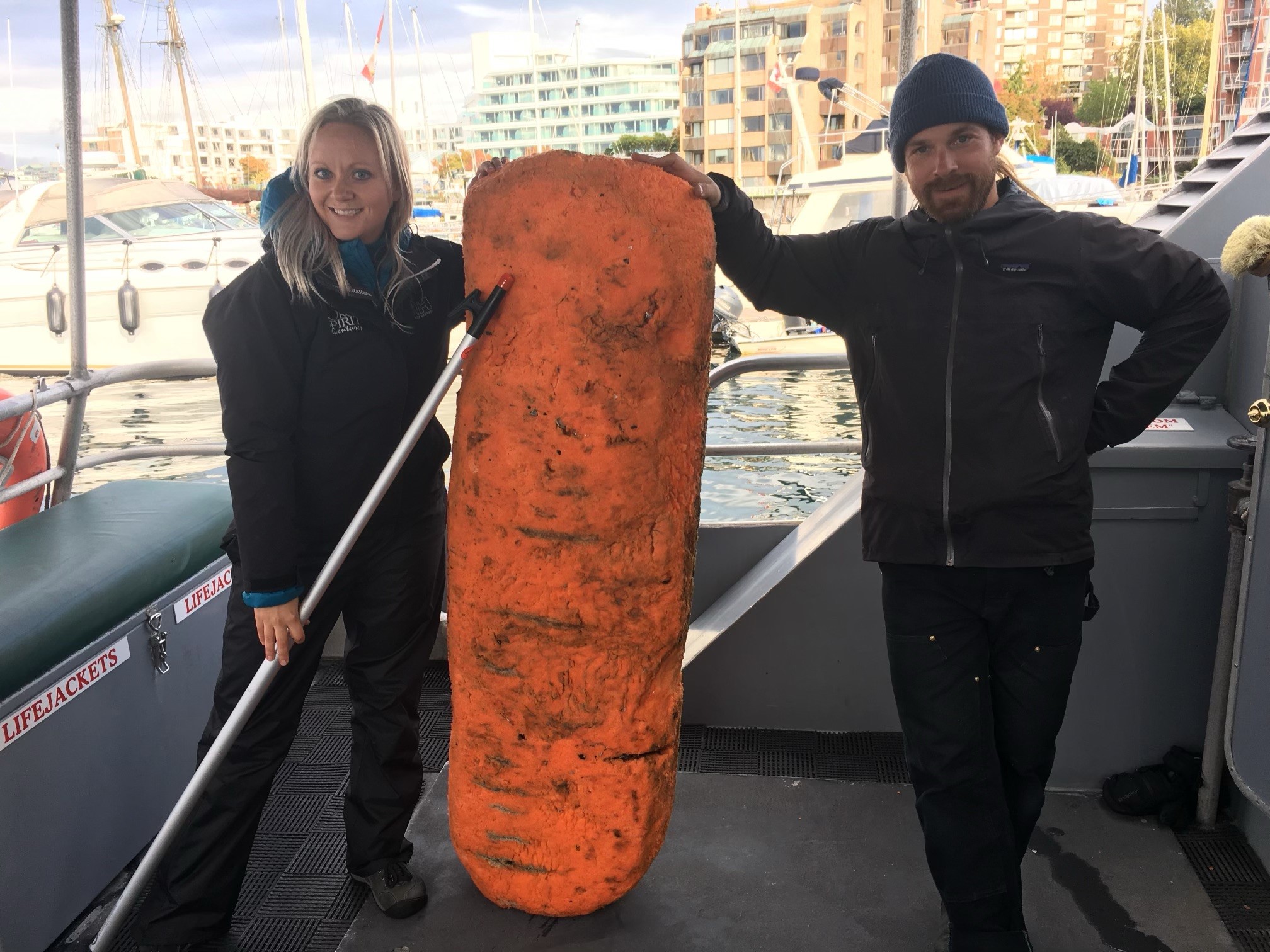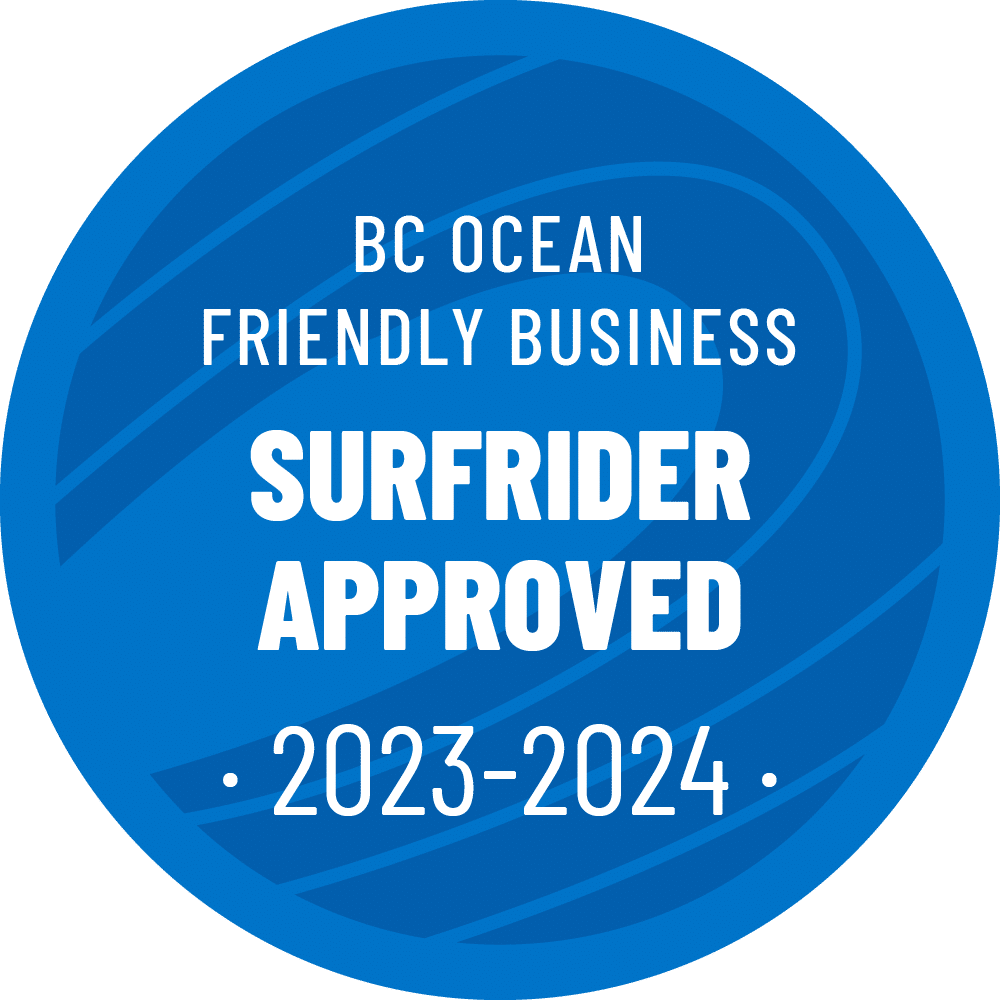Written by: Lori, Naturalist
The Salish Sea is an area of breathtaking beauty, awe-inspiring biological diversity, and rich cultural history. It is truly a unique and special part of the world, and we are fortunate to call this region home. As whale watching guides, we spend a great deal of our time out on the water in the Salish Sea, and this gives us many opportunities to contribute positively to the environment that gives us so much.
Sadly, there is almost no part of our world that is untouched by marine debris and plastic pollution, and the Salish Sea is no exception. One of the fastest and easiest ways for us to make a positive contribution to our marine environment is by cleaning it up whenever we can! It takes almost no time at all but it makes a big difference.
When you’re out on our tours you may notice members of our crew pausing to pick up some garbage from our oceans – and if you happen to spot anything floating around we encourage you to point it out to us!
Some of the main marine debris our crew has recovered from the ocean this year include:
1. Balloons
When I asked our crew members what the main item they recovered from the ocean this year was, I was surprised to hear everyone say balloons. Happy Birthday Balloons, gender reveal balloons, and heart-shaped balloons topped the list of marine debris that our crew recovered while on tours. Balloons may be a type of marine debris that people often don’t think about, but once they are released into our environment they must come down somewhere, and unfortunately they often end up in our oceans.
2. Plastic Debris
Various plastic debris have also been picked up by our crew this year. I’ve seen many plastic bags, as well as plastic cups, containers, straws, and other forms of plastic packaging floating around in our oceans. Larger pieces of plastic can degrade into smaller and smaller pieces known as microplastics, which can be extremely harmful when they are ingested by wildlife.
3. Styrofoam
We have also seen lots of styrofoam floating around in the Salish sea this year. Sometimes we collect it in smaller pieces and sometimes we spot a huge piece and remove it from the ocean. Due to its buoyancy, styrofoam can travel large distances in the marine environment. Like plastic, it also breaks down into smaller pieces and can pick up contaminants that travel up the food chain when ingested by wildlife.
Responsible Purchases
With Christmas around the corner it is important to be mindful of its environmental impacts. While it may seem like an isolated event to purchase or wrap something in plastic, our purchases can have long term effects and we certainly do not wish to contribute to the marine debris in the Salish Sea or other oceans around the world.
It is great to give gifts and show our families and friends that we love them, but we can also aim to be more eco-friendly with our purchases. Shopping local, purchasing reusable items, being mindful of packaging, and investing in experiences can be great ways to be more eco-friendly at this time of year.
If you would like to give the gift of experiencing the wild and the beauty of the Salish Sea to one of your loved ones, Orca Spirit Adventures offers gift cards that are fully customizable and sent electronically via e-mail. You can make long-lasting memories and reduce plastic and paper waste at the same time! Visit Whale Watching Gift Certificates | Orca Spirit Adventures to purchase yours today!
We are always looking for ways to reduce our carbon footprint and plan for a better future for our oceans. If you have any suggestions, we are always happy to hear them. We hope to see you out on the water – and we hope you make some unforgettable memories with your loved ones this holiday season.









